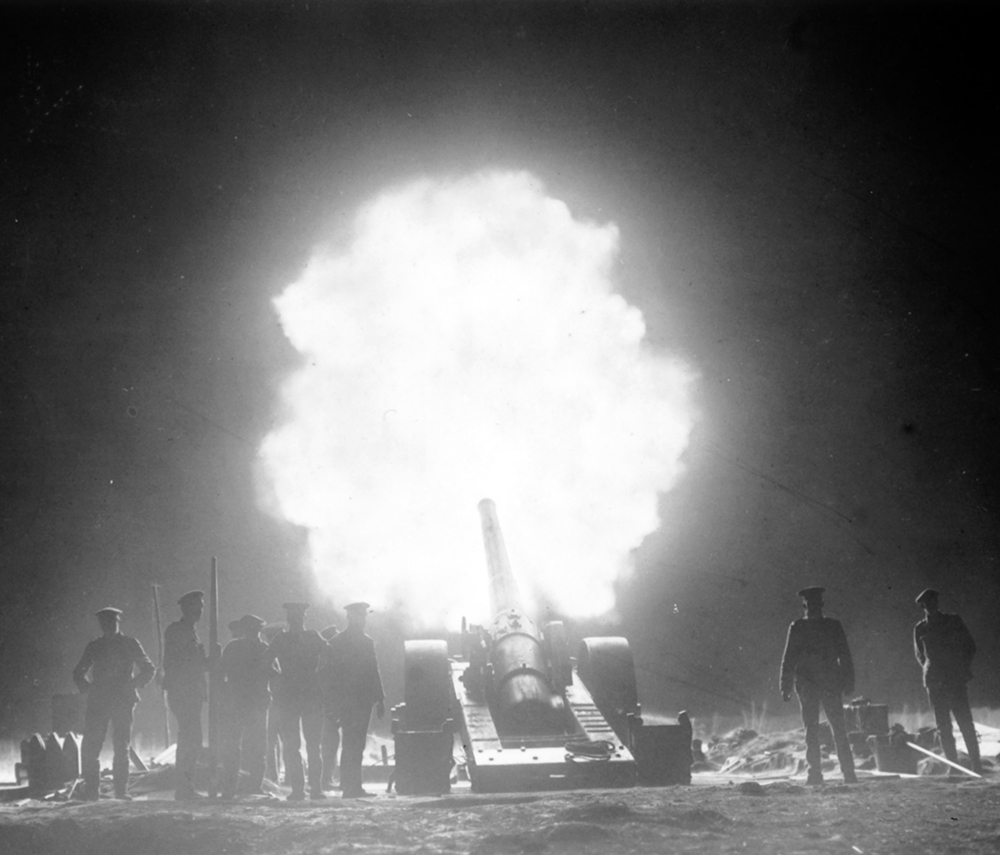
At first, I wondered why? Why would a TV news reporter in the middle of the country email me to speak about a COVID-19 question? I’m not a medical professional. When I called him back, he said he wondered if I would offer a comment on an event in Saskatoon? I lived there back in the 1970s, but what was it he needed?
“A group of anti-mask, anti-vaccine protestors staged a demonstration last Saturday,” he said.
“That’s disappointing,” I said.
“That’s not why I called,” Nate Dove of Global TV News continued. “A number of people showed up for the demo at the Vimy Memorial, here in Saskatoon. Some claimed that the location was important because it symbolized freedom of expression.”
“Not really,” I said. And I remembered the memorial he mentioned vividly. Saskatoon, among many things, is famous for its South Saskatchewan River Valley – its unique waterfront, its multiple bridges, and its lush riverside parkland. Kiwanis Park includes a Vimy Memorial bandshell, built in 1937, a year following the unveiling of the twin-pylon memorial atop Vimy Ridge in France to commemorate more than 60,000 Canadians killed in the Great War.
“It symbolized remembrance, service, and newfound nationhood,” I said, “but not freedom of speech.”
“The demonstrators claim the monument represents their right to choose,” Nate said.
“So, they’re choosing ideology over science?”
It occurred to me immediately how flimsy the anti-mask, anti-vaccine argument has become, that its organizers would choose to hang their argument on a national symbol so antithetical to their cause. The freedom-to-choose types may claim to know their rights, but they know nothing about Canadian history.

Vimy is a story so steeped in science, it left nothing to chance. Andrew McNaughton’s counter-battery tactics are a classic example. Coincidentally from Saskatchewan, McNaughton received the order to eliminate the impact of German artillery on the planned Canadian attack up the ridge on April 9, 1917.
So, McNaughton turned to two men proficient in physics as well as soldiering. Lawrence Bragg and Charles G. Darwin (grandson of the world-famous naturalist) had pioneered the science of “flash spotting,” in that they used spotters in aerial balloons to triangulate on German gun positions on the enemy side of the ridge. They did the same with microphones, “sound plotting” where German guns were located. McNaughton also trained his gunners to use readings of wind velocity, barometric pressure changes and precipitation to target enemy guns.

“Fandoodle,” (or BS) some of McNaughton’s British and French critics complained. Like anti-maskers and anti-vaxxers, they didn’t believe any of McNaughton’s science.
To make a long story short, McNaughton’s “fandoodle” turned out to be bang on. Before one Canadian soldier went over the top on the first day of the battle of Vimy Ridge, 83 per cent of the Germans’ 212 heavy artillery pieces had been destroyed or disabled by Canadian triangulated gunfire. McNaughton’s science saved thousands of lives.
More cogent to any discussion of Vimy and its reliance on science not sentiment, medical corpsman Will Antliff, from Montreal, served at a dressing station behind Vimy. Antliff admitted that at Vimy everyone learned a multitude of tasks for the coming battle. There was even a joke exchanged between army medics and pioneers (engineers). “What’s the difference between a field ambulance and a pioneer battalion? Answer: The former does a little Red Cross work.”
Preparation for the offensive illustrated otherwise. The British brass had predicted the battle at Vimy would generate 60,000 casualties. The actual number proved far fewer, 10,000. But Antliff’s 9th Field Ambulance crew had rehearsed their triage and treatment of the wounded to such sophistication that by 2 a.m. after the first assault up Vimy, Canadian medical crews had cleared 5,976 wounded.
And since Antliff was also a medical clerk, he recorded that over the four-day battle, army medics had attended 7,350 Canadian and 706 German wounded.
All of this I shared with Global News reporter Nate Dove, this past week, to help history refute the anti-vaccination demonstrators’ notion that Vimy represented defiance of authority and the right of a Canadian to decide for oneself as a nationalistic and God-given right.

But as it turned out, another of reporter Dove’s sources offered an even more succinct analysis of their bogus Vimy symbolism. Dove interviewed Second World War veteran Bob Atkinson. He’d served with the 4th Canadian Armoured Division overseas. Tank gunner Atkinson suffered phosphorus and shrapnel wounds, while helping to liberate northwest Europe in 1944-45.
“Where these people get their reasoning for not wearing a mask, I have no idea,” Atkinson said, and he compared the bleak COVID outlook today to facing the Third Reich then.
“The virus is our enemy now. … If enough people get vaccinated and follow the rules (of science), we can beat this too.”
Sometimes it takes a veteran to cut through the fandoodle.
It’s hard to express what a sheer joy it is — especially in the post-Truth, Post-Logic, T***p-Inspired doldrums we’re now having to endure — to read something so achingly intelligent, so grounded in a genuine understanding of history, and the real lessons it offers.
Thank you Ted. Sanity owes you a great debt.
John Bertram